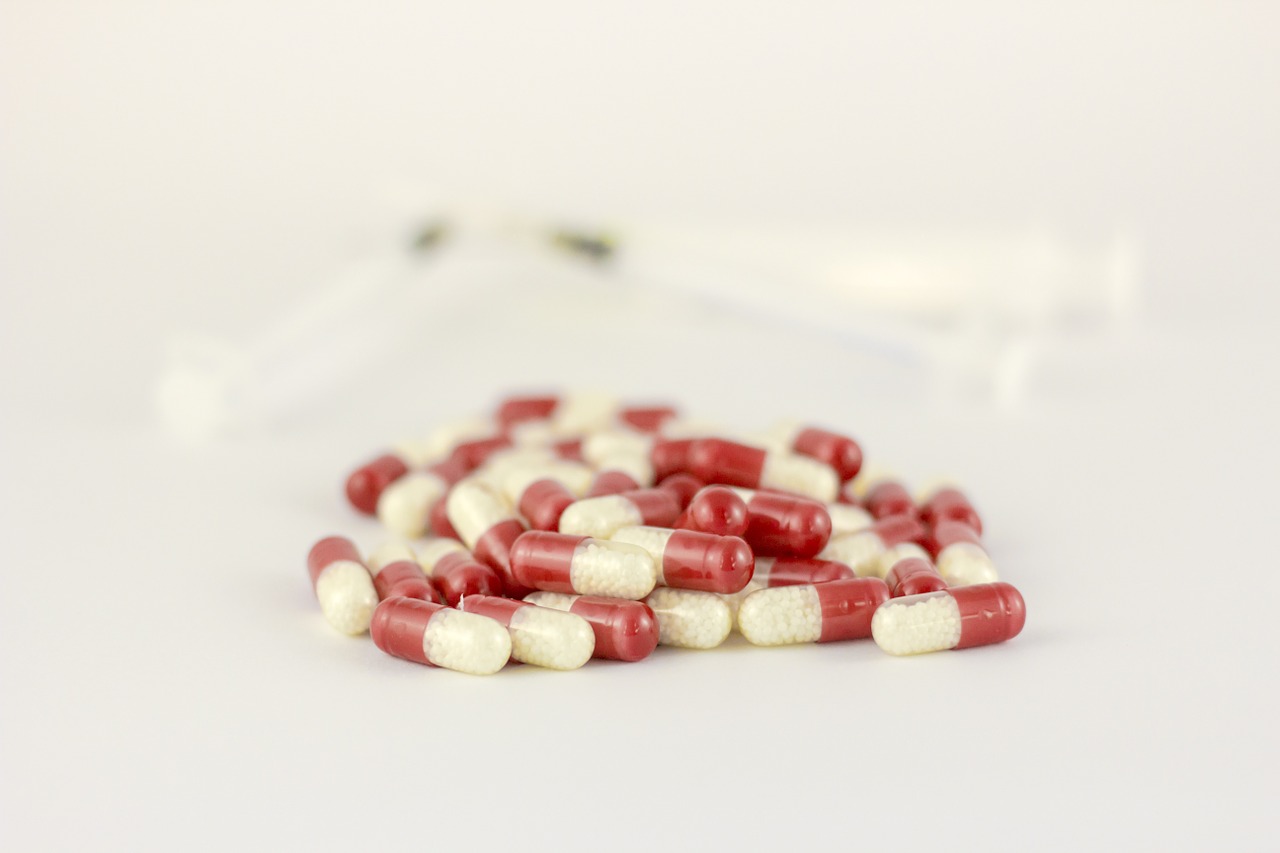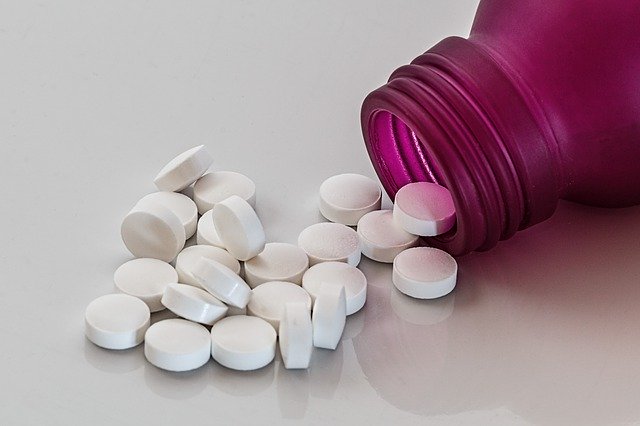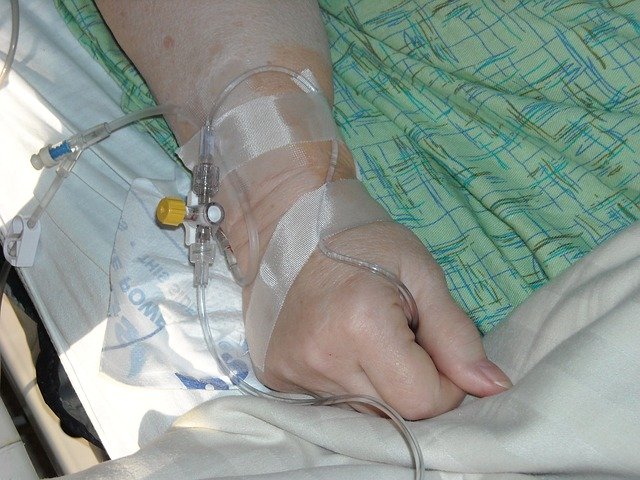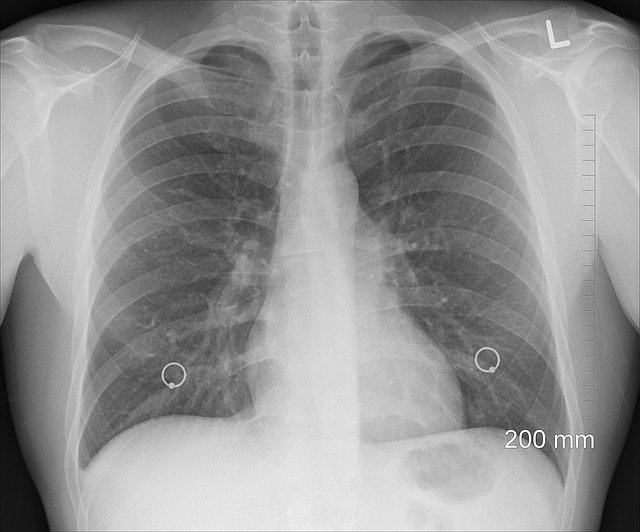Podcast: Play in new window | Download (Duration: 13:22 — 18.9MB) | Embed
On this episode, I discuss sildenafil pharmacology, adverse effects, and important drug interactions.
Sildenafil’s most common and concerning adverse effect is in relation to its ability to lower blood pressure. I discuss this further in the podcast.
Sildenafil can cause rare visual changes that patients should be aware of and report immediately to their pharmacist or physician.
The sildenafil nitrate interaction is essential to know. I discuss it in this podcast episode.
I discuss important drug interactions on the podcast, be sure to check out my latest project which is a 200+ page book on managing drug interactions in primary care.
Be sure to check out our free Top 200 study guide – a 31 page PDF that is yours for FREE!










